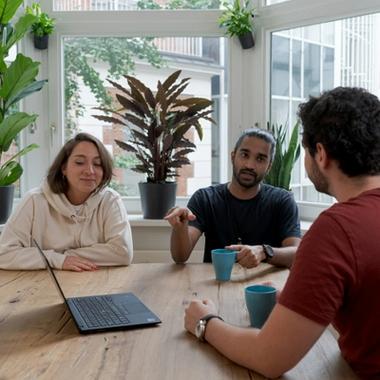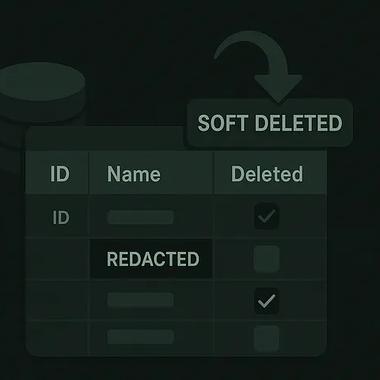The recent controversy surrounding TikTok shows that digital security is becoming an increasingly prominent concern at every level of society. One of the most influential and widely downloaded apps on the planet, TikTok boasts more than 1.2 billion monthly active users and generated $4.6 billion of revenue in 2021 (BusinessofApps).
It achieved this despite significant controversy and concerns that the app collects excessive amounts of personal data and is being used as a surveillance tool by the Chinese government (Guardian). As tensions between China and the US escalate, the Federal Communications Commission even called for Apple and Google to remove TikTok from their app stores (9to5Mac). Though we’re yet to see how the two tech giants respond, this case demonstrates how tightly interwoven individual, commercial and governmental digital security concerns have become.
With this in mind, we’ve created a quick guide to app security and data security for businesses interested in keeping their users safe and their reputation for trustworthiness intact.







